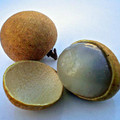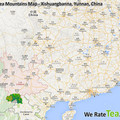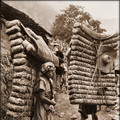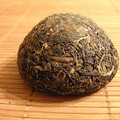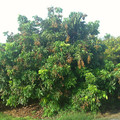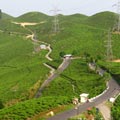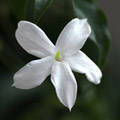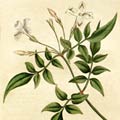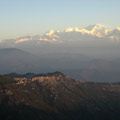Puerh Paste - Glenn McKenna
„
the creation of Puerh Paste from within Yunan Province, China. basically, it's similar to making hash or hemp oil. they brew the tea, then continue to sift it through smaller and smaller sized hole mesh bags until the final mixture is a paste. seems to me if there's a direct way to go tea infusion, this might be it.
“
Video Tags: Pu-erh, China, Tea production
- Discussion: 0 comments
- Write a comment
Teas - Pu-erh
2014 Chawangpu "Lao Yu" Xiao Bing Cha
 1 review
1 reviewLao Yu (老妪) : old woman Material for this cake came from a small Bulang...
2016 Chawangpu Manzhuan Gu Shu Huang Pian
 0 reviews
0 reviewsWhen people pick the tea from ancient trees, usually they pick one bud and three to...
2013 Chawangpu "Lao Yu" Xiao Bing Cha
 1 review
1 reviewLao Yu (老妪) : old woman Material for this cake came from a small Bulang...
2006 Changtai Long Ma Rui Ming "Dragon
 1 review
1 reviewThis cake is composed of Lancang and Menghai area selected materials.After 5 years...
2011 Mengmao Lao Shu Ye Sheng Xiao Bing
 1 review
1 review2011 Spring harvest. This material come from Baoshan area, 2600 meters high mountain...
1997 CNNP Big Red Mark Raw Puerh Cake
 1 review
1 reviewThis cake is called "Da Hong Yin" or Big Red Mark. It's a blend from Banna area tea...
Quotes - Pu-erh
„While unaged and unprocessed, Maocha pu-erh is similar to green tea. Two subtle differences worth noting are that pu-erh is not produced from the small leaf chinese varietal but the broad leaf varietal mostly found in the southern Chinese Provinces and India.“
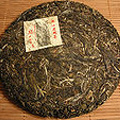
Video - Pu-erh
Teas
ManSa 2013 - blind tasting set 7
 1 review
1 reviewflowery, in some parts honey, narcotic aroma, taste goes to honey, sweetish tones, verry fancy tea, just...
Shu 7581 - 1998
 1 review
1 review„tailor-made” private production “Zhong Cha Gong Si” This tea was stored for the whole time in...
SeJak 2014 ECO Korea
 1 review
1 reviewKorean green tea picked in the spring of 2014 in Hadong district, Jiri mountains. Grown and produced by an...
Theme
Tea by region
We will help you with tea selection.
Do you like quality loose tea?
We will help you to find the right one for you. Be inspired by tea ratings of other tea lovers. Rating stars could help you.


Review your cup of tea.
Review the tea you are drinking and help other tea lovers to find the right cup of tea.



Quotes
„Jasmine tea (Chinese: 茉莉花茶; pinyin: mòlìhuā chá) is a type of scented tea which absorbs aroma from jasmine blossoms. Scented tea was known during the time of the Song Dynasty (960–1279); however it was reserved for the Imperial Court. Typically, jasmine tea employs green tea as the tea base; however, white tea and even black tea are also now used. The resulting flavor of jasmine tea is subtly sweet and highly fragrant. It is the most famous scented tea in China.“



 Shops
Shops Share on Facebook
Share on Facebook






